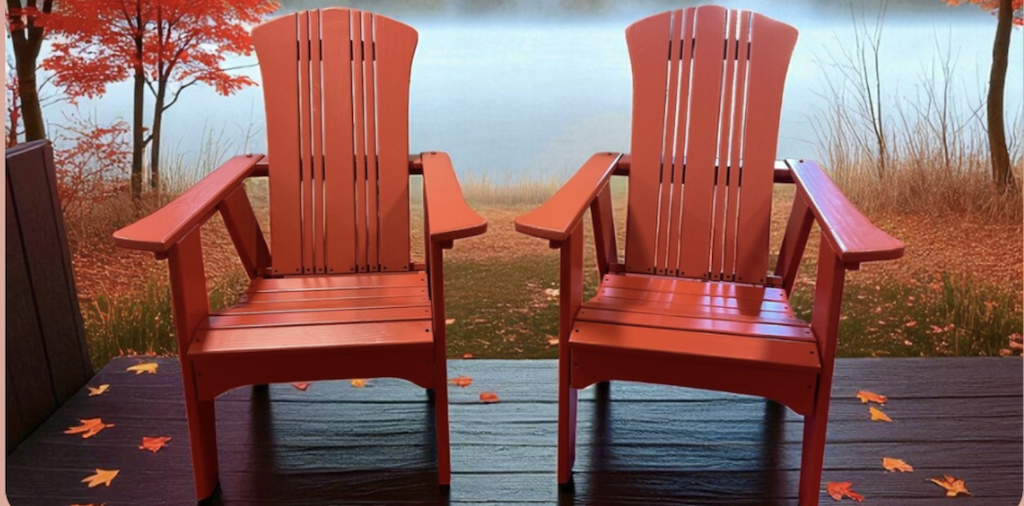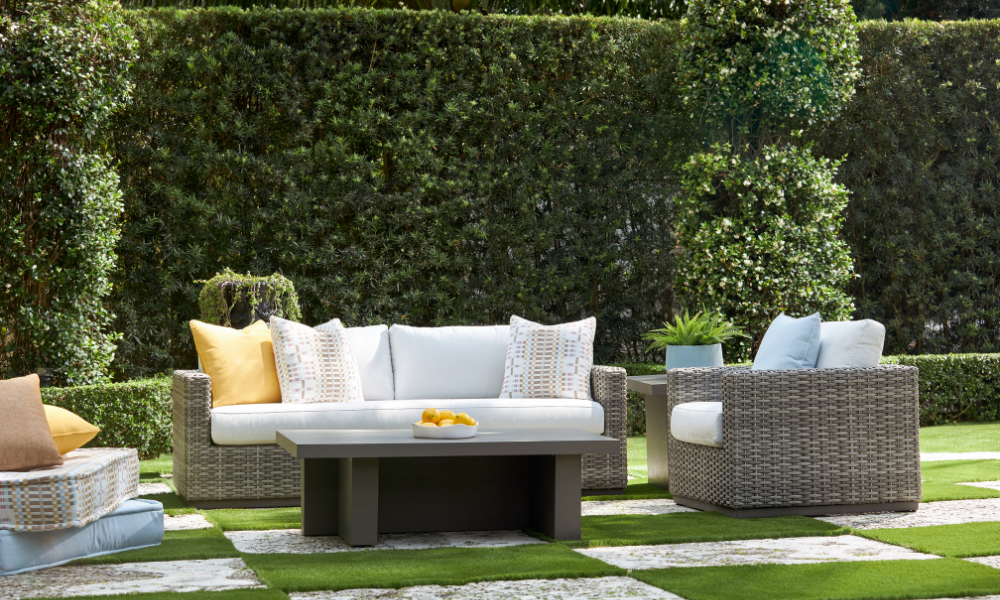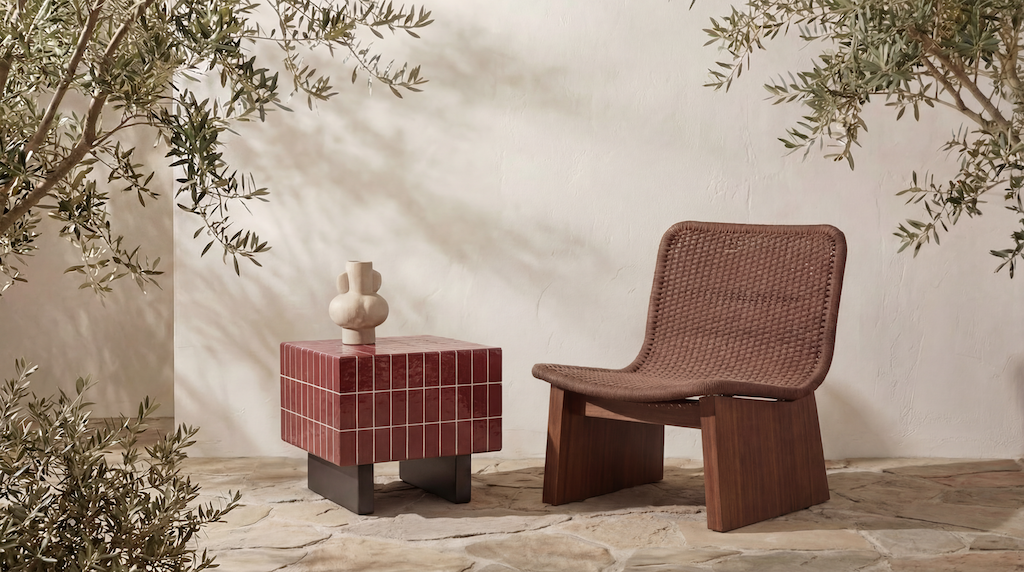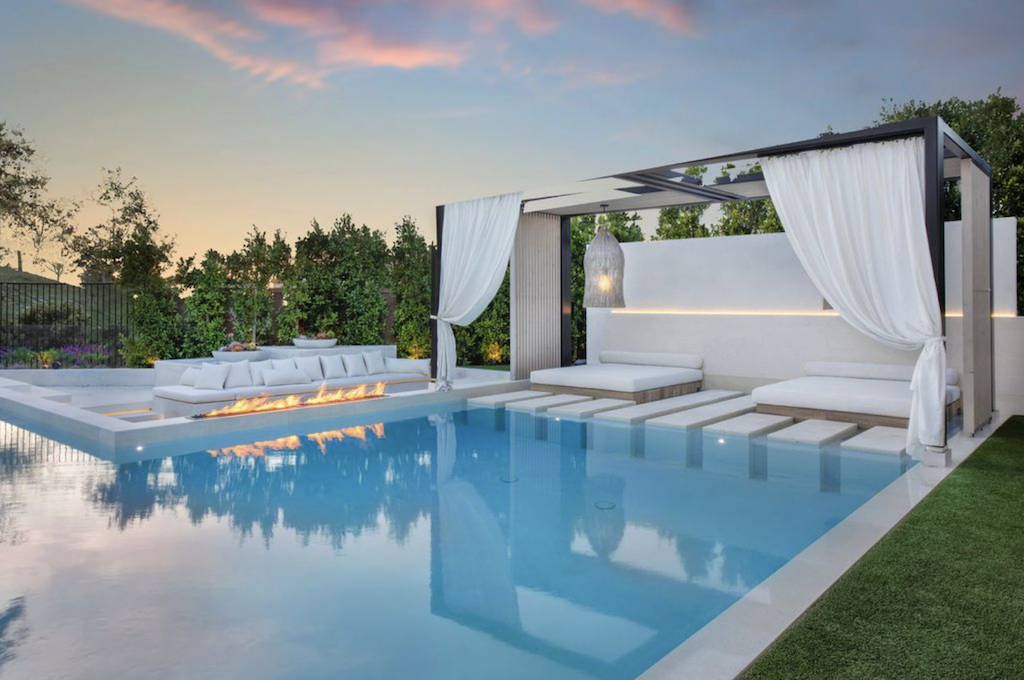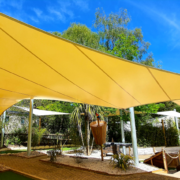Jim Dove, a designer of bespoke kitchens and bars, found two developments that increased his business from indoors to outdoors.

One was opening a showroom in West Palm Beach, Florida, where the climate lends itself more to outside dining than at his other showroom in New Jersey; and the other was the pandemic-fueled desire on the part of his clientele for outdoor kitchens.
“An outdoor kitchen extends your living space, providing a perfect area for socializing with family and friends while enjoying nature,” he says. “Cooking and dining outside can create a relaxed and enjoyable atmosphere, often becoming the heart of gatherings.”
The biggest challenge to designing outdoors is, well, the outdoors, he says.
“Outdoor kitchens are exposed to the elements, so choosing weather-resistant materials for countertops, cabinets and appliances is crucial,” says Dove. “Materials need to withstand rain, sun, wind and temperature fluctuations. In hot climates, managing heat can be a challenge, while in cooler climates, you might need to consider heaters or fireplaces to make the space usable year-round.”
Dove says that interior designers have been increasingly taking on exterior design projects.
“It’s mostly because homeowners are increasingly valuing outdoor living spaces, especially after spending more time at home during the Covid-19 pandemic,” he says. “This has led to a rise in demand for well-designed patios, outdoor kitchens, dining areas and lounges that seamlessly extend the indoor living experience outside.”
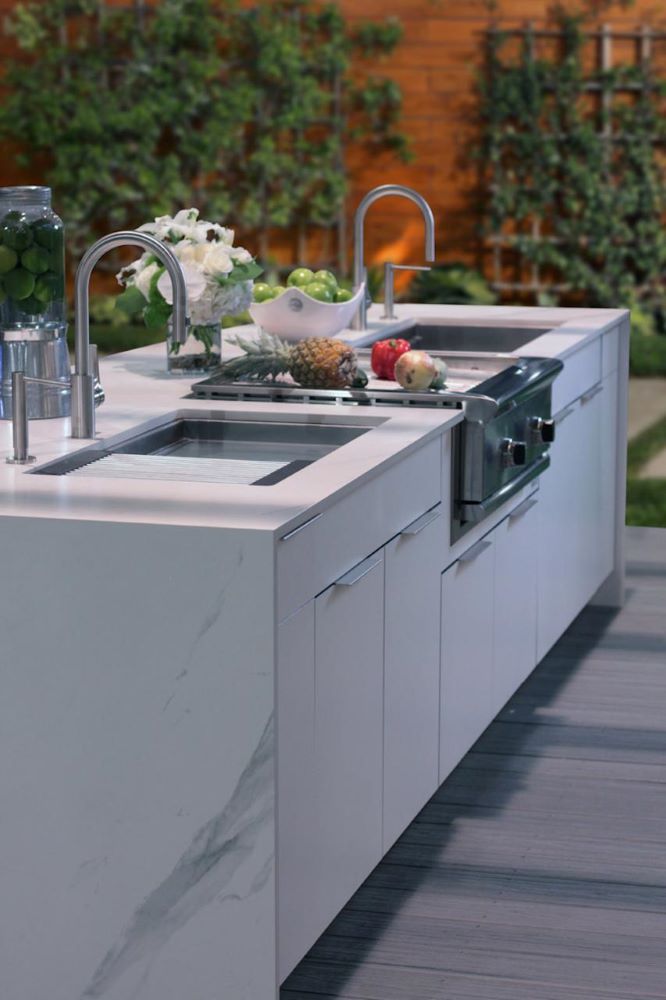
Effective design means that manufacturers must keep up their end of the bargain, Dove says.
“Designers prioritize the quality of materials and products provided by manufacturers,” he says. “High-quality products ensure durability, functionality and aesthetic appeal, all of which are critical to a successful design. Also appreciated is consistent quality across batches, as variations can lead to discrepancies in the final design, affecting the overall outcome. Timely delivery of products is also vital so that designers can meet project deadlines.”
Where outdoor manufacturers truly shine is when they offer a range of services and goods that support designers in creating beautiful and functional outdoor spaces, says Dove.
“Manufacturers provide products made from materials specifically designed to withstand outdoor conditions,” he says. “Consistent quality in production means that designers can trust the products to perform well over time, which is critical for maintaining client satisfaction. Good manufacturers offer robust after-sales support, including addressing any issues that arise post-installation and providing warranties that give designers and clients peace of mind. Warranties and ongoing support help ensure that the products will last, which reflects well on the designer and strengthens the relationship with the client.”
Dove says that manufacturers can improve their service to designers by providing high-quality, durable products, customization options, innovation, technical support, reliable supply chains, comprehensive product ranges, sustainability, marketing support and strong after-sales service.
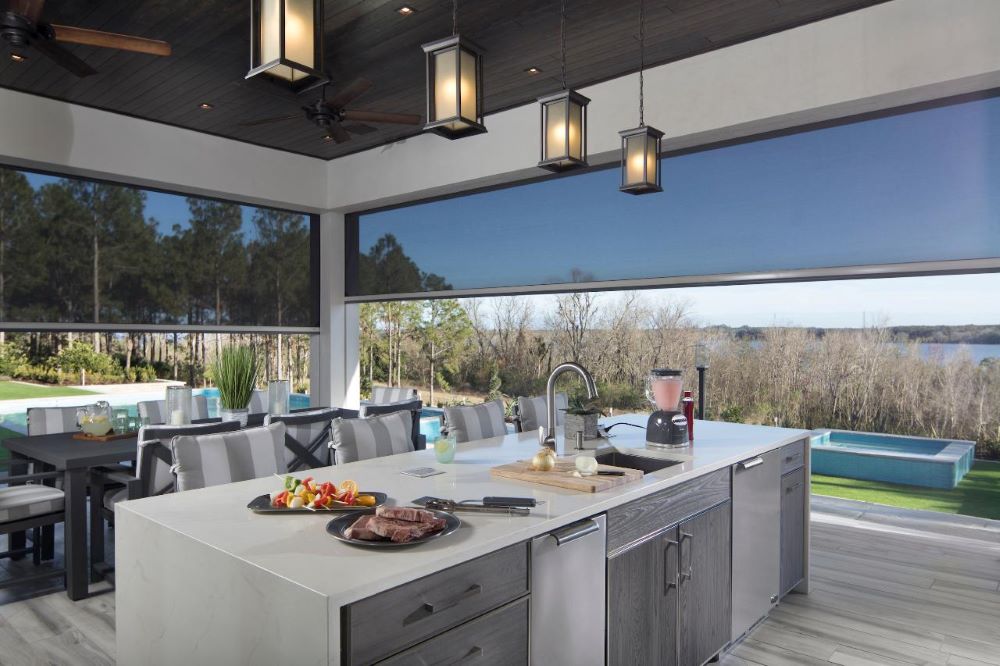
“These strengths enable designers to create outstanding outdoor spaces that meet client expectations and stand the test of time,” he says.
Dove says that designers have several avenues that they can explore when it comes to learning more about outdoor products, materials and design practices.
“Trade shows, publications, workshops, seminars, product catalogs, factory tours, webinars and online courses are all excellent for learning more about outdoor design products,” he says.
Any advice for designers who are only now starting to take on more exterior design?
“Starting out in exterior design can be both exciting and challenging,” says Dove. “Study the site’s climate, topography and existing vegetation. This will inform you of what material choices, color palette and overall design approach you will need. Design with the end-user in mind, balancing aesthetics with functionality. Plan for how people will move through the space. Ensure that pathways, entrances and exits are intuitive and accessible. Consider incorporating sustainable features like rain gardens, green roofs or solar panels. Designs that harmonize with nature can also reduce long-term maintenance costs.”

